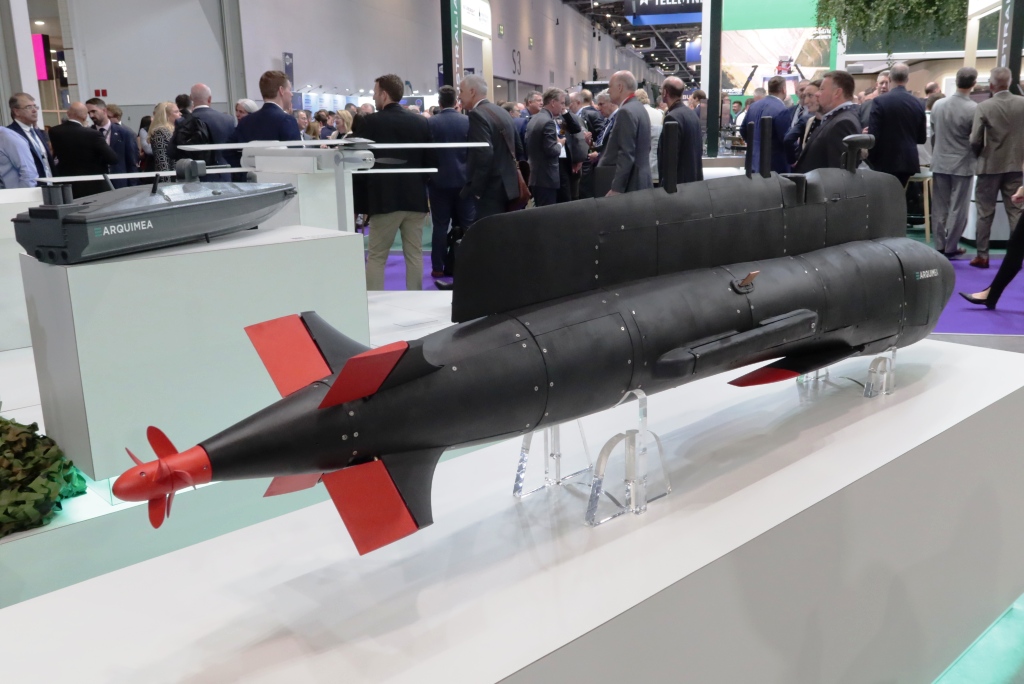Space Force Launches New Weather Satellite, Elevating Military Meteorological Capabilities
The emergence of advanced technology in military operations has been pivotal, especially regarding planning and strategy. On Thursday, the U.S. Space Force announced the operational status of its latest weather satellite, marking a significant advancement in military meteorology. This satellite, developed by Ball Aerospace, is an integral part of the Weather Satellite Follow-on program (WSF-M), which aims to modernize military weather data collection and distribution, a need that has become increasingly pressing in today’s complex operational environment.
Transitioning from Legacy Systems to Modern Solutions
The newly operational satellite represents a crucial step in transitioning from outdated weather systems that have been in orbit for over six decades. The existing capabilities are rooted in the Defense Meteorological Satellite Program (DMSP), which is rapidly approaching the end of its operational life. This legacy program, despite its long-term service, faces imminent challenges, including fuel depletion projected for next year. The need for timely data is essential for military planning, and hence, the Space Force is committed to evolving and upgrading its weather satellite capabilities.
Col. Robert Davis, at the helm of the Space Systems Command’s sensing portfolio, has noted the timely success of the satellite’s on-orbit testing. His statement highlighted that this acceptance signifies a "pivotal milestone" in developing a more affordable, scalable, and resilient weather satellite constellation. The Space Force’s strategy is clear: they aim to ensure military planners and operators can access critical weather data without relying on antiquated systems.
A New Era of Weather Monitoring
The WSF-M satellite is not just a replacement for older systems; it represents a forward-thinking approach that incorporates a hybrid architecture involving smaller, cost-effective satellites and collaborations with commercial providers. This modern approach is essential as the Space Force endeavors to maintain a competitive edge in weather satellite capabilities amid evolving global challenges.
The WSF-M satellites are designed to enhance the ability to detect wind speeds, assess tropical storm intensity, and evaluate environmental conditions by measuring snow depth and soil moisture. Beyond raw data, these capabilities are pivotal for military operations that often rely on precise weather information for successful execution.
The Legacy of DMSP and Previous Attempts at Replacement
For over two decades, the Pentagon has faced challenges in replacing the DMSP. Past initiatives, such as the National Polar-Orbiting Operational Environmental Satellite System and the Defense Weather Satellite System, have been plagued with cancellations and mismanagement issues. These setbacks highlight the difficulties in public-private partnerships and balancing costs with the need for advanced capabilities.
In response to these challenges, the Space Force’s current blueprint for enhancing meteorological capacity encompasses two distinct programs: WSF-M and the Electro-Optical Weather System (EWS). While WSF-M focuses on improving atmospheric data collection through advanced satellite technology, the EWS is set to employ electro-optical infrared sensors to generate visual imagery of cloud cover. This diverse approach ensures that military missions are backed by comprehensive forecasting data.
Future Developments and Continued Innovation
Looking ahead, the Space Force is already planning to launch a second WSF-M satellite in 2028. Additionally, the integration of cubesats and other spacecraft demonstrates the commitment to innovation and adaptability within their satellite fleet. The recent launch of an EWS cubesat built by Orion Space Systems and two additional EWS spacecraft launched by General Atomics underscore the proactive steps being taken to reinforce weather monitoring capabilities for military applications.
As the military landscape continues to evolve alongside technological advancements, the Space Force’s dedication to enhancing its meteorological capabilities will remain a critical element of effective military strategy and operations. With upgraded satellites providing essential weather data, military officials can better prepare for contingencies in an increasingly unpredictable climate.





